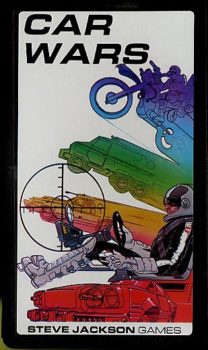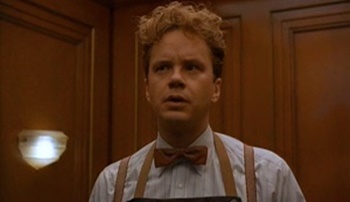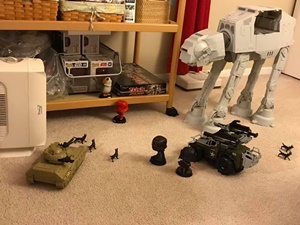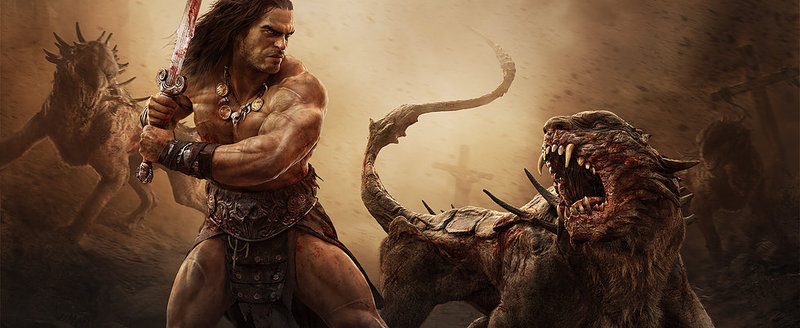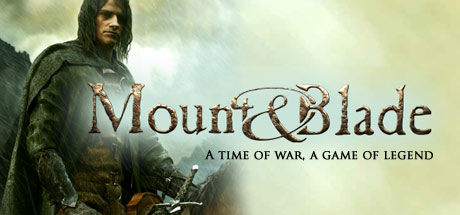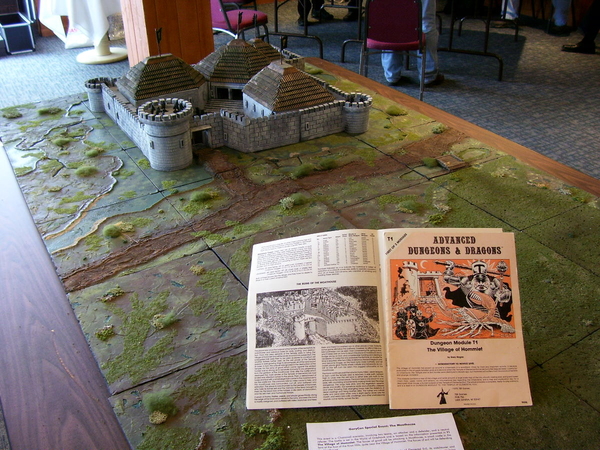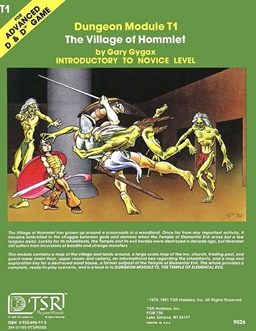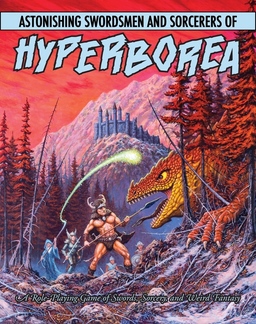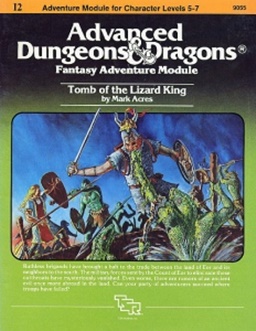Start Your Engines… for Car Wars
A couple of weeks ago I wrote about the old TSR minigame Revolt on Antares, and that got me thinking about other microgames which were popular back in ye olden days, and that brought to mind one of my favorites, Car Wars from Steve Jackson Games, published in 1981, a vehicle combat game.
If you ever wanted to take part in the fast-driving, hard-hitting action of the Mad Max universe where guns and cars ruled the roads, and the plains and the deserts and the … etc., then you would do well to buckle in and pick up one of the versions of Car Wars which has been made available over the years.
But my first love was the original Car Wars which came in a small, black plastic box, though there were copies of the game which came in just a plastic bag (but who would want that when you could get your hands on a cool plastic pocket box, as they were called?).
The action came in various scenarios from arena battles to highway combat against marauders and the like, and that original pocket box included everything needed to get you on the road to war. Included were the six-sided dice needed for the game, a rules book, maps, vehicle sheets, and cardboard counter pieces of vehicles, road hazards, and more.
